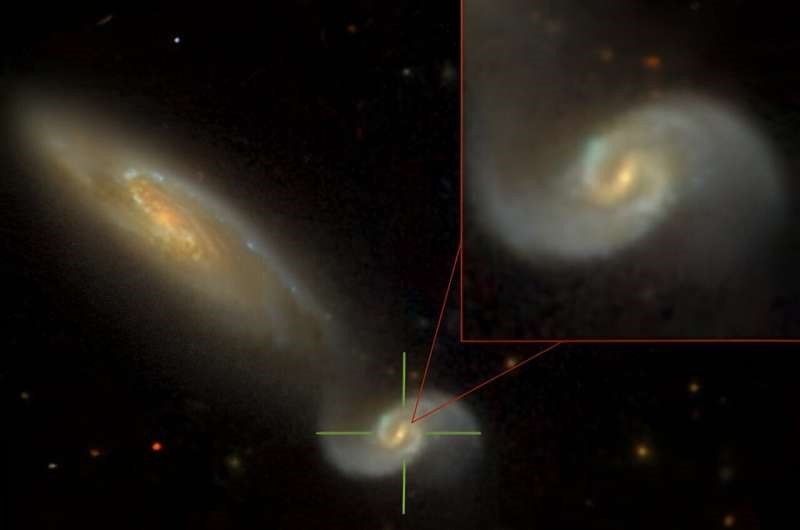Free Courses Sale ends Soon, Get It Now


Free Courses Sale ends Soon, Get It Now



Disclaimer: Copyright infringement not intended.
Context
Details
Analytical Models:
Tidal Disruption Events
How They Work:
Observational Signatures:
Properties of TDEs:
TDEs as Probes of Black Holes:
Multi-messenger Astronomy:
Conclusion
TDEs, characterized by the violent disruption of stars near massive black holes, serve as unique cosmic laboratories, unraveling the mysteries of black hole properties, star dynamics, and the complex interplay of forces in the cosmos.
|
PRACTICE QUESTION Q. Discuss the significance of Tidal Disruption Events (TDEs) in contemporary astrophysics. (250 Words) |
© 2024 iasgyan. All right reserved